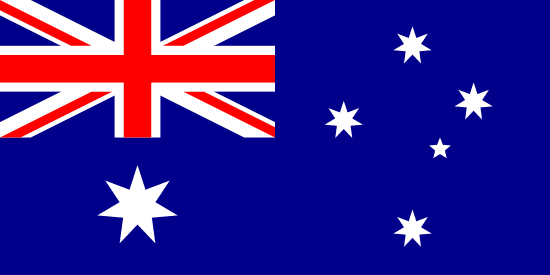"Melbourne: Every Street is a Theatre | Melbourne: Every Street is a Theatre"
About:
Founded in 1835, Melbourne is Australia's second-largest city. Initially a small settlement, it expanded rapidly during the Victorian gold rush in the 1850s. Melbourne served as Australia's interim capital from 1901 until Canberra's completion in 1927. Post-WWII, it experienced significant population and economic growth. Today, it's recognized for its cultural diversity, significant contributions to the arts, and as a leading financial center in the Asia-Pacific region.
When to visit:
Melbourne, a vibrant city in Australia, experiences a temperate oceanic climate characterized by distinct seasons. The best time to visit Melbourne is during the spring months of September to November or the autumn months of March to May when the weather is mild and pleasant. These seasons offer comfortable temperatures for outdoor activities such as exploring the city's many parks, gardens, and cultural attractions. It is advisable to avoid the peak of summer in January and February when temperatures can soar, and accommodation prices may be higher due to popular events and festivals.
When to avoid:
The worst time to travel to Melbourne on a holiday is typically during the winter months of June to August. During this time, the city experiences cold and wet weather, with temperatures often dropping below 10°C. Additionally, many outdoor attractions and activities may be less enjoyable due to the unfavorable weather conditions. Tourist crowds tend to be smaller during this time, but it is important to consider the impact of the weather on your overall travel experience.
Winter (June–August)
Melbourne's coldest and wettest season is winter, from June to August. Average temperatures range from 6°C to 14°C. Rainfall is highest in June, averaging 50mm. Sunlight is limited, with only 5-6 hours of daylight due to cloud cover. Fog is common in the early mornings, clearing by midday. An average day for a visitor might involve a chilly morning walk, an afternoon visit to a museum or café, and an evening enjoying Melbourne's vibrant nightlife, with an umbrella at the ready.
Summer (December-February)
In Melbourne, the warmest part of the year falls during the summer months, from December to February. During this time, the average high temperature ranges from 25°C to 30°C (77°F to 86°F). The city experiences its lowest rainfall during these months, averaging between 47mm to 60mm per month. The summer days in Melbourne are typically sunny, with an average of 8 to 9 hours of sunlight per day. Humidity is relatively low, generally staying around 40%, providing a comfortable climate for outdoor activities. Cloudiness varies, but clear or partly cloudy days are more common than not.
For a visitor, a typical summer day in Melbourne feels warm but not overly hot, with plenty of sunshine. The mornings can be a bit cooler but as the day progresses, the temperature rises, peaking in the early afternoon. Despite the warmth, the low humidity keeps the heat from feeling oppressive. Rain is infrequent, but when it does occur, it's typically a short-lived shower rather than a prolonged downpour. The evenings are comfortably warm, perfect for enjoying the city's vibrant nightlife.
Language:
English is the primary language spoken in Melbourne, Australia, due to its British colonial history. However, the city's multicultural diversity has led to a significant number of residents also speaking languages such as Mandarin, Greek, Italian, and Vietnamese. In addition, there are numerous community languages spoken among Melbourne's immigrant populations, including Arabic, Cantonese, and Punjabi.




